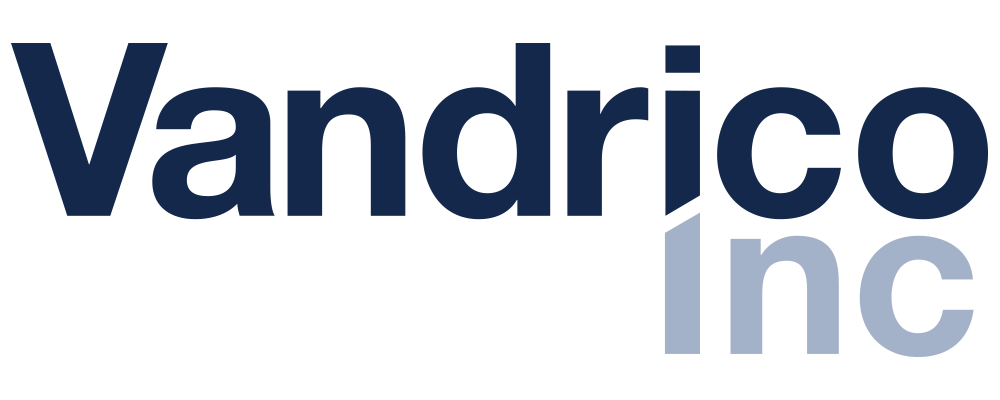How Are Wearables Affecting the Workplace?
/If you have heard the buzz about Google Glass, the Apple Watch or the FitBit, then you have heard about wearable technology. These devices are part of a new wave called the Internet of Things (IOT) or “Smart Everything,” referring to the increasing connectivity between humans and information from objects around us.
Wearable technologies are devices that are worn on the body, controllable (either actively, such as through buttons or voice commands, or passively, such as with a heartbeat) and enhance the user’s experience (through augmenting knowledge, facilitating learning or simplifying communication).
And wearables are now entering the workplace, bringing a long awaited evolution to enterprise operations.
But along with enhancing human abilities, wearable technology is also bringing new opportunities and challenges — such as finding a balance with data privacy concerns.
Options
While smartphones and computers have revolutionized the office, wearables are bringing a new revolution to millions of deskless employees:
Activity monitors:
Activity bands are the most basic form of wearable devices on the market. However, they provide the most immediate impact for employees and their organizations. An activity monitor can measure activity, heart rate and other health-related data.
These devices allow for the tracking of an individual worker’s bodily behaviour, which can be translated into useful data.
More advanced versions of these devices, such as the Readiband by Fatigue Science, pair basic activity monitoring with a proprietary algorithm to turn activity readings into information on fatigue levels. As an example, Fatigue Science conducted a study with Queensland Rail to assess and better understand employee fatigue and determine any timeframes of increased accident risk.
As a result, one rail car control centre reduced fatigue-related risk by 39 per cent while also improving productivity.
The Recon Instruments Snow or Vuzix M100, allow information to be delivered to workers both visually and handsfree. These devices are controlled by nods, clicks or voice commands.
Google Glass has already been brought into the workplace. Virgin Atlantic uses it to better serve VIP fliers as the technology gives staff useful data on customers’ itinerary and destination, while remaining subtle and non-invasive.
“The impact of wearable devices for us in this industry is going to be pretty massive,” said Dave Bulman, director of technology for Virgin Atlantic.
Gartner analyst Angela McIntyre calls the field-service industry “a billion-dollar opportunity.” Technicians, for example, can use wearable cameras to gain assistance with a problem they can’t fix themselves, solving an issue more quickly and potentially saving a return trip.
SmartWatches:
The Samsung Gear series, Pebble and Apple Watch are leaders in the SmartWatch category. They allow users to draw out important information, manage and analyze fitness data and, in some cases, listen to music, message friends or find directions.
The simple act of delivering a notification or other critical information is valuable to both employees and employers.
Motion Metrics in Vancouver, a company that provides advanced monitoring systems for the mining industry, has helped develop a platform that allows critical alerts and warnings to be sent directly to any mining employees wearing a SmartWatch.
When an alert comes from the system, it could save a mine up to $10 million by taking preventative actions and improve reaction times and system utilization by up to 33 per cent.
Barriers to Adoption
While the use-cases of these devices are promising, there are still hurdles to overcome. The battery life of some devices remains limited. A requirement for full deployment is these devices last a full workday — but most devices cannot achieve this.
Additionally, there is no hardware on the market that meets “intrinsically safe” safety standards — highly flammable work environments will have to wait.
Beyond hardware limitations, the most challenging problem to overcome is how to identify and deliver relevant information in a timely manner.
SmartWatches and HMDs have small screens and lack functional keyboards. Limiting data is the critical success factor for an organization. And activity monitors allow for the tracking of individual health data and analysis. The ability to collect and monitor workforce health data could allow employers to improve scheduling and workflow while preventing injuries or illness.
However, collecting individualized data raises numerous privacy concerns such as: Who stores and controls the data? How will it be used? How do we know it won’t be held against us?
So, are workers ready to give their employers access to such personal information?
In BP America’s experience, the answer might be yes. Last year, the company ran a pilot where it asked employees to wear activity monitors as part of a health and wellness program. Over 90 percent of employees voluntarily enrolled in the program — and they reported seeing benefits that ranged from weight loss to lower healthcare premiums.
The results of BP’s study seem to point to a workforce willing to forego privacy concerns in return for lower benefits costs and better health — only time will tell if it is indicative of the broader workforce.
Are you prepared for wearables in your workplace?
Vandrico Solutions can help you maximize your return with wearables in the workplace.
Book a time to speak with one of our experts today

